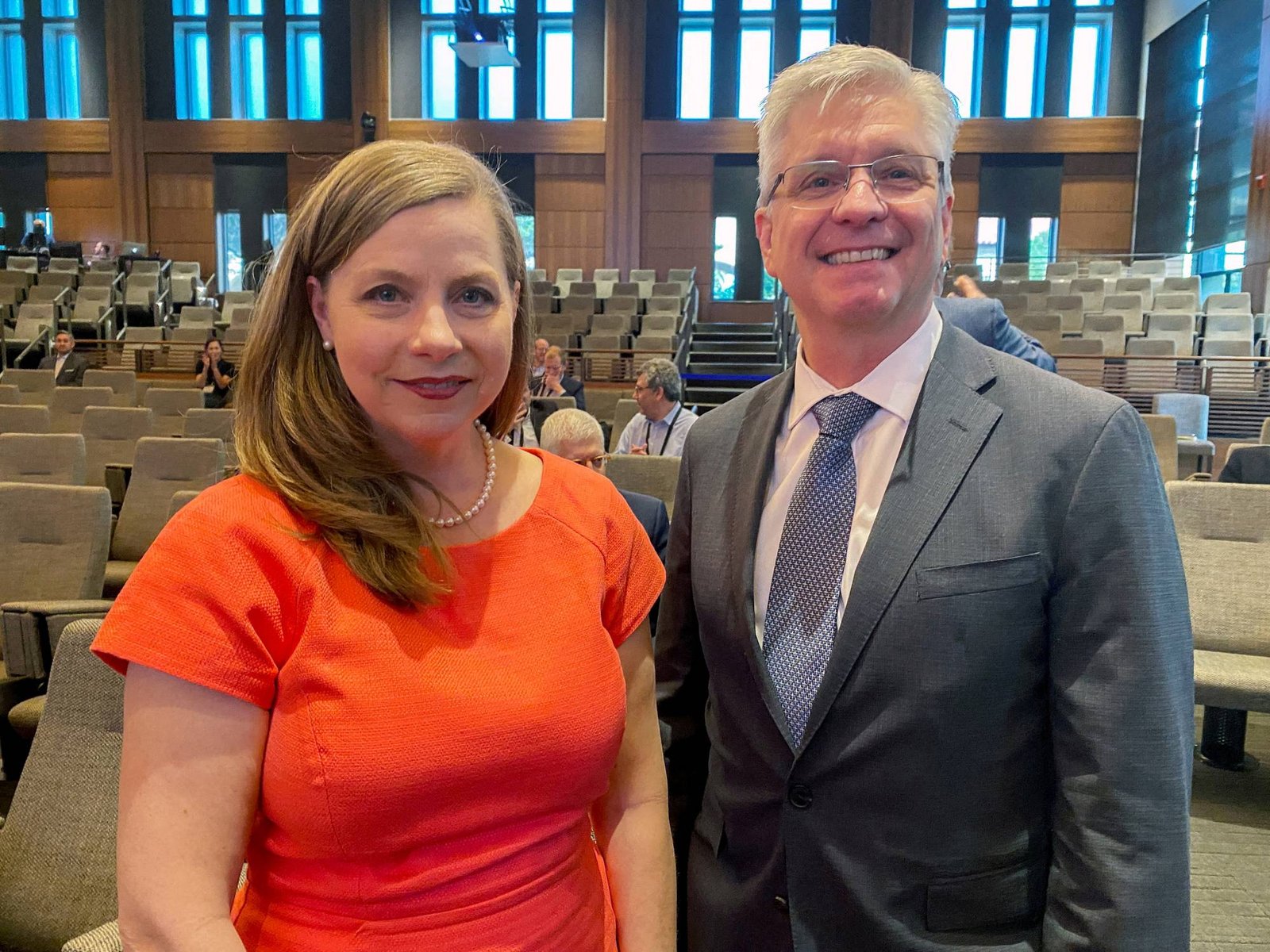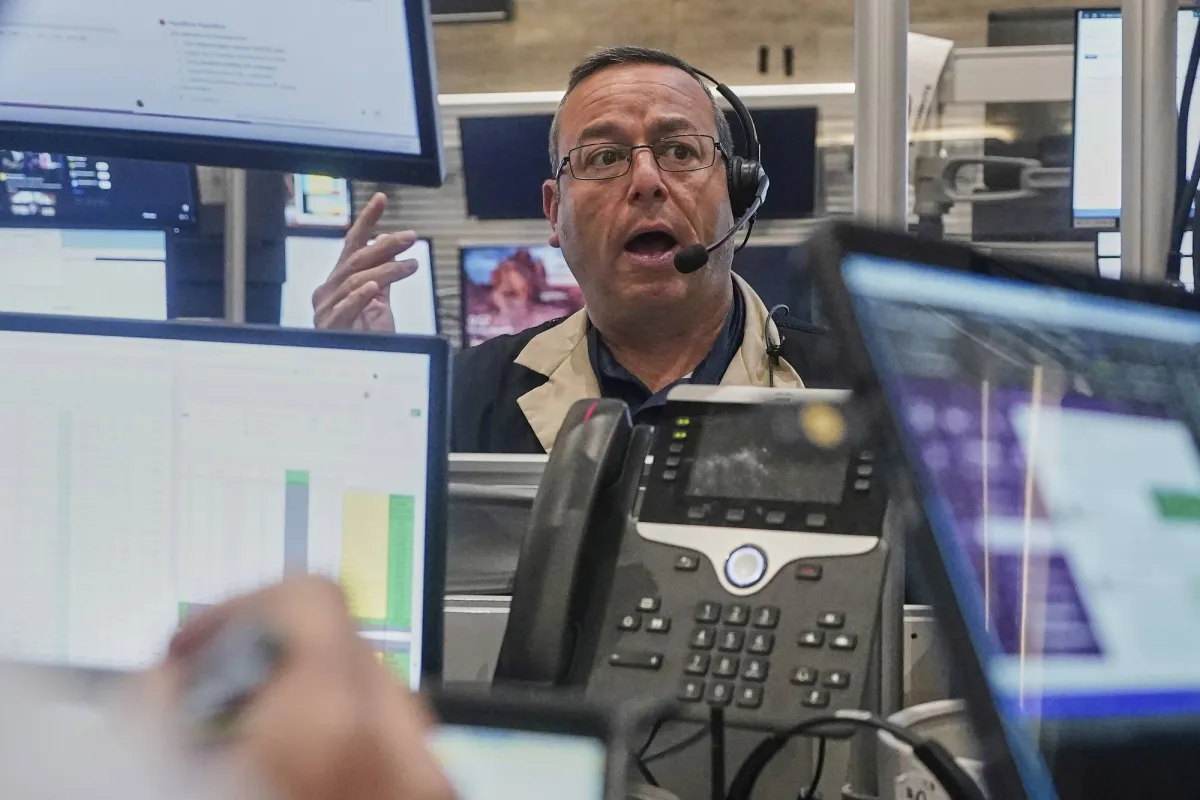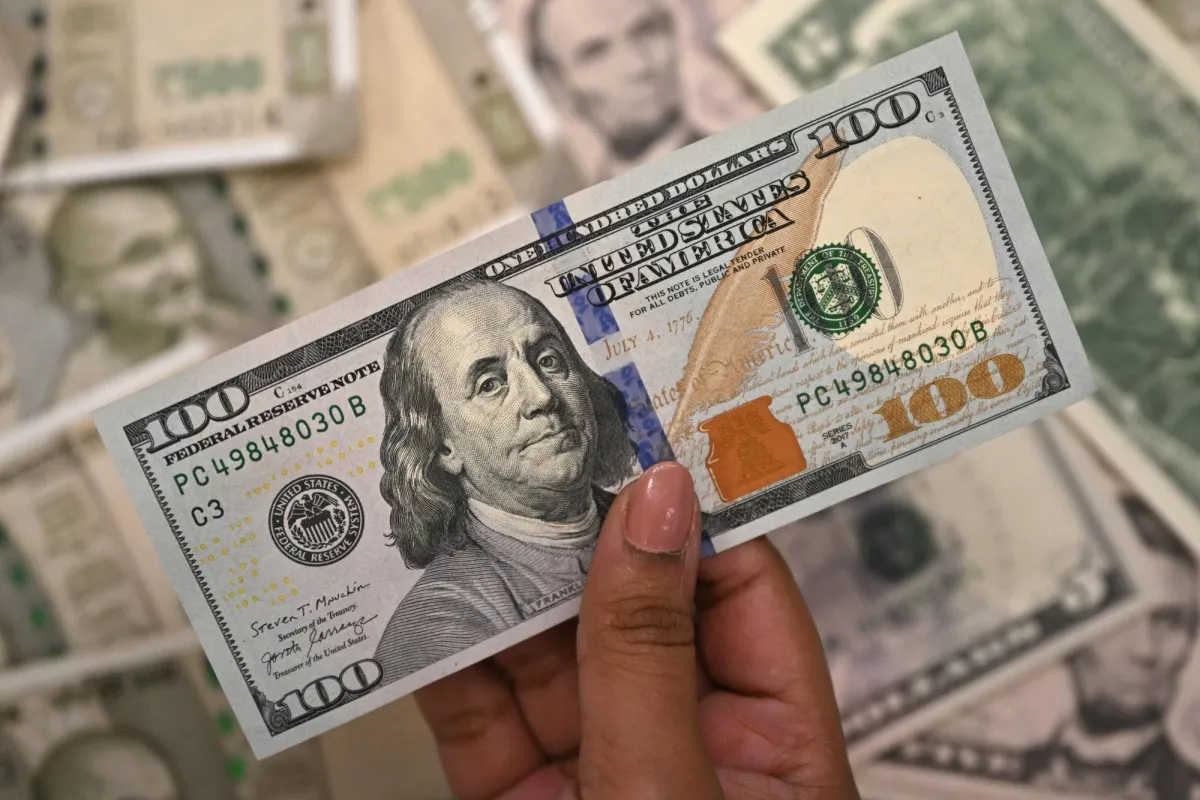On Wednesday, the Federal Reserve voted to keep the reference interest price fixed, despite a wave of criticism from President Donald Trump and the opposition of two senior officials.
The Federal Open Market Committee, which determines the interest rate on loans for one night, voted by a majority of 9 votes to two votes in favor of keeping the interest rate unchanged.
Thus, the interest rate on federal funds will remain fixed in a range of 4.25 percent and 4.5 percent. This level determines the fees imposed by banks on loans for one night, but it affects a set of other interest rates throughout the economy.
A statement issued by the committee after the meeting stated that “modern indicators indicate a slowdown in the growth of economic activity in the first half of 2025.”
A few minutes before the decision was announced, Trump said he did not expect the Federal Reserve to reduce the benefit in this meeting, knowing that maintaining it is high that harms the Americans. He added that he heard that the Federal Reserve would reduce the benefit next September. He said, “Powell is always late, even if the benefit is reduced today.”
Trump, who last week, visited the Central Bank headquarters in Washington as part of his campaign to pressure the Federal Reserve President Jerome Powell, took advantage of the issuance of economic growth numbers for the second quarter to defend the interest reduction, “so that people can buy and re -financing their homes!”
In a post on his “Truth” platform, Trump described the 3 percent annual growth rate as “better than expected”, and said that the Federal Reserve should pay to reduce borrowing costs. This invitation contradicts the traditional response to the central banks of growth, which is usually over the basic capabilities of the economy, and is likely to lead to inflation.
The gross domestic product number did not affect the outcome of the Federal Reserve meeting, but it supports the pretext of reducing the interest in September, and reinforces the arguments presented by the Federal Reserve Governor Christopher Wald that any effect of customs tariffs on inflation will be moderate, and allows the central bank to start facilitating its monetary policy before the economy begins to deteriorate.
Trump suggested that the Federal Reserve reduce the standard interest rate from the current range of 4.25 percent -4.50 percent to up to 1 percent – a rate that is not in line with an economy that is going on a largely fixed path during the six weeks that followed the last meeting of the Federal Reserve, and is more suitable for what the Central Bank may do to recover the economy from the recession.
Both Wald and Vice -President of the Supervision Council, Michelle Buman, have indicated that they will support the reduction of interest in this meeting, and they may issue opposition if the Federal Reserve kept the interest rate unchanged for the fifth time in a row since December (December).

The anticipation is increasing for September signs
Attention was directed to any hints in formulating the Federal Reserve Decision or at the Powers Press Conference after the meeting on the possibility of reducing interest in September, a step consistent with each of the current pricing of federal funds and intermediate expectations that federal reserve officials in June had a quarter of a percentage of a percentage by the end of the year.

With inflation remaining over the Federal Reserve Retirement of 2 percent, and the unemployment rate continues to be low, it is unclear to what extent will the statement or Powell go to provide directives about the September meeting, as there are still two months of inflation data and jobs before that date.

“With regard to policy in the short term, Powell is unlikely to rule out the interest rate in September, or intentionally increases the possibility of that result. Instead, before the main data – including two additional reports on jobs and inflation – we expect that it will continue to refer to the Federal Reserve Status, which depends on data, which will require decisions on the basis of each meeting separately. ”
Policy makers have followed the “waiting and anticipation” approach to reducing interest since December, when Trump’s recent defeat in the elections, and the possibility of his re -election in the minds of many economists, sparked that what was a fixed decrease in inflation may be reflected, even temporarily, if the administration carries out its electoral promises by imposing exorbitant customs definitions on imports, determining the work of the workforce by deporting immigrants, and enhancing the demand from During tax cuts and height.
Import fees that have been imposed so far were much lower than the initial threats of the administration, but they are still large, and have begun to push commodity prices to rise in the latest report of the consumer price index.



